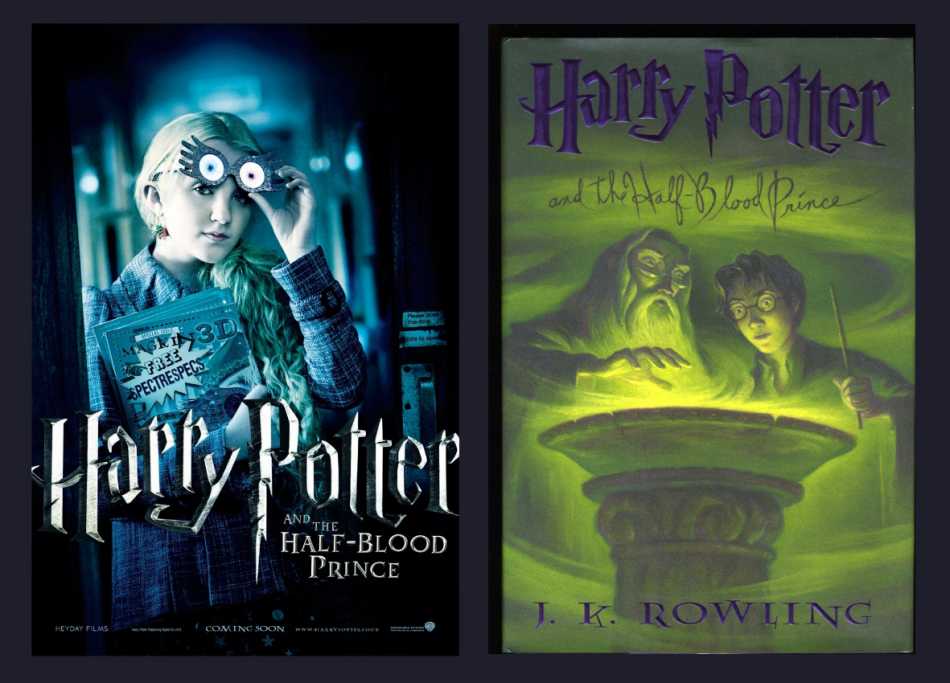Book to movie trend continues to rise in popularity
February 11, 2015
Fiction exists in a sea of different genres written by authors from all ages and from all parts of the world. Books- with their vivid universes, interesting characters, powerful questions and observations -offer us a snapshots of different perspectives.
The film industry has used fiction as a foundation for movies since the early 1900s. Early examples include depictions of A Tale of Two Cities, A Christmas Carol, and Frankenstein. Thousands of other narratives have joined these classics throughout the years. Film adaptations have a lot to offer for the books they are often lovingly based upon. Ms.Garcia, an English teacher, explains her opinion: “I like them, especially when I’m behind in reading novels that are not connected to the English curriculum I teach.”
When authors work closely with the directors, the end result usually aligns with the author’s imagination and original vision. However, a lot of stories cannot be illustrated in the 90-120 minutes, forcing the producers to cut corners (usually in plot or characterization). Ms. Garcia highlights that in the movie for A Fault in Our Stars there is a moment in the book when Van Houten reflects on his daughter, making the reader feel sympathetic for him in the end. In the movie, that doesn’t come across. The way movies can condense a book can be interesting in itself, though most film adapted stories can only be appreciated to the fullest if they are also read.
In addition, cinematic sequences and environments can illustrate an event or atmosphere more clearly than the written word. Ms. Garcia highlights the usefulness of film adaptations, explaining that they “help with very challenging books and detailed descriptions. For example, in Catching Fire, the aerial view of the clock was really cool to see”. Additionally, watching an event unfold within a setting can be easier than only imagining it. Coupled with the book, a film adaptation can promote a greater understanding of the plot.
Especially interesting is the role of casting in film adaptations. Your favorite characters come to life in a tangible way that’s hard to replicate in your mind. In fact, movie adaptations allow you to physically see and (maybe one day meet) the actors of book characters in a way that cannot be replicated when reading. Seeing who is cast to play a certain character is exciting. Ms. Garcia comments, “My favorite part is not the film itself, but who will play what character. My favorite character that they got right is Luna Lovegood of Harry Potter. When I saw her, I thought, ‘Yep, that’s Luna!’”
Well developed literature is composed of several nuanced elements that cannot be replicated on the screen. Sometimes, no amount of complicated CGI and special effects has the ability to depict an emotional scene and connect to the viewer as powerfully as a well written metaphor can. Josie Suter ‘16, says, “I don’t like [film adaptations] because many times when they do them they don’t represent the book properly and they cut out so many things that it makes the film completely different from the book. I always read the book first.” Suter explains the disadvantages of plot representation in the Harry Potter movie adaptations;“I notice everything they didn’t have.Of course they have to fit it into a two hour movie, but I think we could take a little longer of a movie if they cut out something important.”
Although films are absorbing works of art themselves, they don’t always provide a deeper and complete understanding of the stories they were based upon. Reading requires the active use of imagination, and films only require passive appreciation. Ms. Garcia says,“Sometimes movies don’t allow readers to do the work, and fiction challenges us to do the thinking and the work; it doesn’t give us the answers. That’s what makes books so much fun!”
Before buying tickets to see the latest book-based movie, be sure to read the book too. By reading and watching, you get the best of both worlds.

